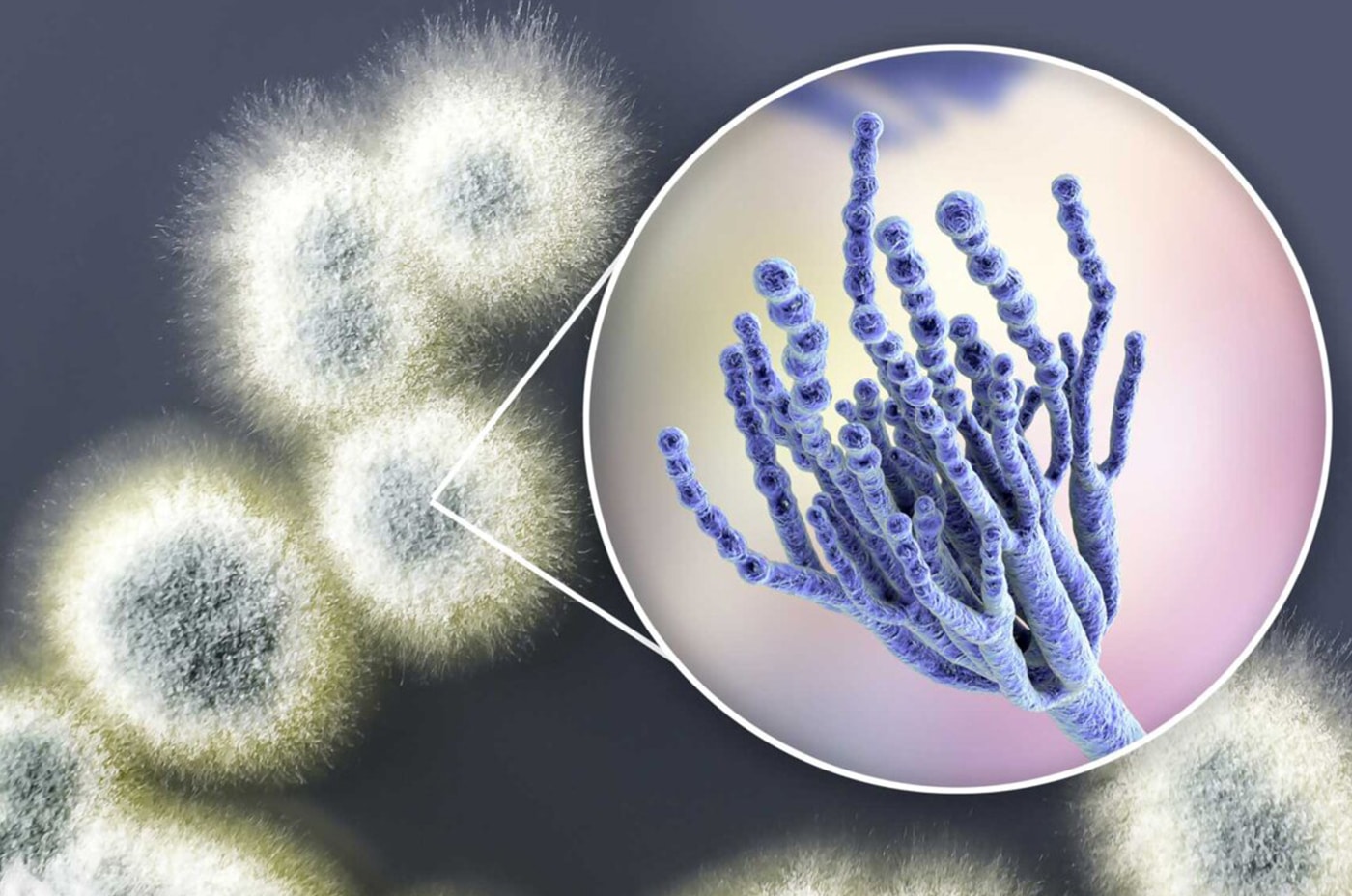Air purifier against mold and mold spores in the air
Sit down Air purifier against mold to filter mold spores from the room air and protect your health. Mold forms ugly, dark deposits and gives off a musty smell. Mold spores floating in the air as fine particles can be detrimental to health in a number of ways. Mold is considered trigger for Allergies and respiratory diseases such as asthma.
Other problems such as concentration problems, irritation of the mucous membranes, constant tiredness or gastrointestinal complaints can also be traced back to contamination by mold. His Spores float as tiny particles in the air which are invisible to the human eye. That’s why it is important to respond immediately if you notice traces of mold on walls or ceilings. The molds release large amounts of spores and can spread quickly.
With an Airpura air purifier, you can do your Breathing air free of Mold spores keep and breathe clean air as you search for the cause of the mold. That is why purchasing an air purifier is always an important first step. However, you need to find out why the mold is formed in order to be able to permanently eliminate it and to reduce the formation of new spores.

Our air purifiers are optionally available with HEPA 13
or HEPA 14 filter!
What Causes Mold And What Can You Do?
Mold needs high humidity and as little air movement as possible to spread. It therefore occurs in the most humid places in the home – for example in basements, bathrooms or the kitchen. In many cases, structural defects such as leaky masonry or windows as well as poor ventilation are responsible. But incorrect ventilation and heating also contribute to the fact that mold can develop. If furniture is too close together or against the walls, the air circulation will be impeded and there will be areas where moisture and mold spores can stick.
How to find the cause of the mold:
- Check the humidity in your rooms. With a commercially available hygrometer it is easy to determine whether the conditions are ideal for mold. If you notice values of more than 60 percent humidity over several days, you should ventilate more or have your apartment checked for structural defects.
- the Isolation of windows and doors is the first weak point through which moisture can penetrate. If the insulation is badly worn or even has holes, the windows or doors concerned should be replaced.
- You might find mold in the bathroom, near water pipes and plumbing Leaking water pipes be. Water stains on ceilings and walls also indicate leaky pipes – the problem may be in a neighboring apartment.
- If rooms get too cold, condensation can form and, for example, soften wallpaper, which can then form mold. Heat up therefore in the cold season and do not let the rooms cool down.
How to fight mold:
- Find with a commercially available Mold test find out what kind of mold you have. Some variants are particularly dangerous and require the help of a specialist. In any case, call a professional Building service provider for mold removal to help if you cannot stop the mold from spreading yourself with air purifiers or other measures.
- Set up an air purifier to limit the spread of the spores and to keep the air you breathe clean. Operate the air purifier even after the mold has been removed to prevent the growth of mold again.
- For the superficial removal of mold, special cleaning supplies insert.
- If construction defects turn out to be the cause of mold, professional help is also available Redevelopment necessary. In most cases, tenants have the right to the landlord assuming the costs.
- Heat all rooms and ventilate regularly with the windows wide open. It is sometimes not enough to just “tilt” the windows. An air purifier should also run.
What should an air purifier do against mold?
- High quality filter class: Your air purifier should be equipped with at least a HEPA 13 filter. HEPA filters have hundreds of fine filter layers between which mold spores and other suspended matter get caught. The name HEPA (High Efficiency Particulate Air) is only given to filters that filter at least 99.97 percent of all particles from the air. HEPA-14 filters even achieve a success rate of 99.995 percent. If you also want to remove odor particles and microfine aerosols from the room air, we recommend a combination model with a downstream activated carbon filter and UVC germ killing. The UV lamp reliably kills mold spores and you have a maximum of safety.
- Multiple air changes per hour: In order to ensure sufficient air movement and to filter the maximum number of spores out of the air, your air purifier should be able to change the room air at least twice an hour. For the best effect against mold, an air purifier with an air exchange of three to five times an hour is recommended. Each device is designed for a certain number of square meters – the efficiency of the air purifier can be found in the device information. For example, an air purifier for rooms of 80 square meters would change the air four times an hour in a 20 square meter room.
- Low operating volume: An air purifier should fit into the environment like a piece of furniture and run as quietly as possible. Both at home and at work, our modern air purifiers impress with their minimal operating noise. If you want to run an air purifier in the bedroom at night, we recommend a model for significantly larger rooms. You can use this with a lower number of cycles for extra quiet operation.
- Air Purifier Size: Make sure that the air purifier is a good meter away from all furniture and walls. For maximum effectiveness against mold and other pollutants in the air, the air purifier is placed on a window, door or heater.


